A bloody attack by Islamic State provides a chilling warning of the terror group’s resurgence
Last week’s suicide bombings in Kerman may have surprised Western governments – having declared the militant group ‘defeated’ in 2019, writes Robert Verkaik. But to those who have closely watched the spread of Isis terror campaigns, the attack confirms the group has not lost its murderous ambitions

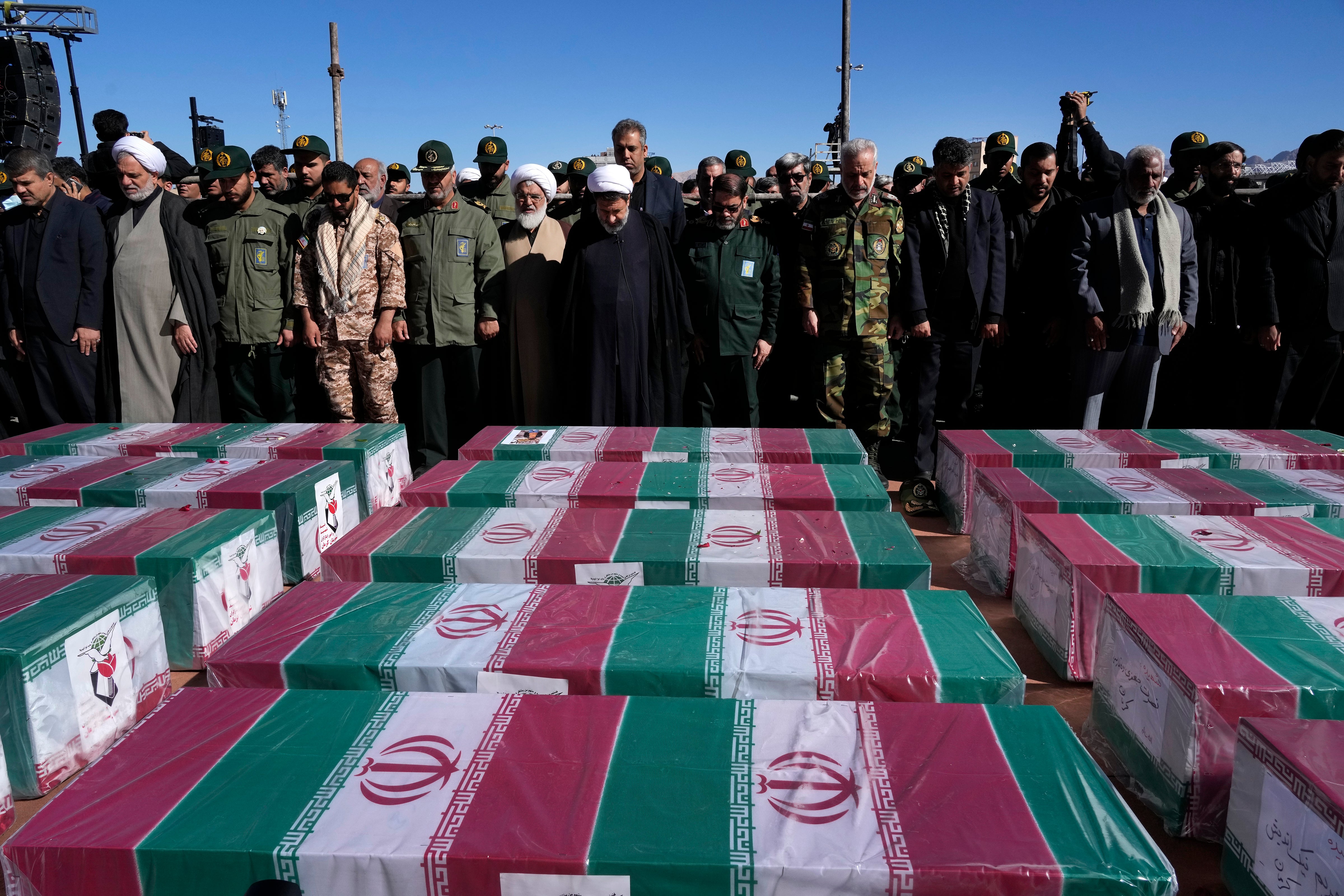
The bomb attacks that last week killed and wounded 400 mourners attending the commemoration of a former commander in Iran sparked immediate promises of retribution and fears of an escalation of war in the Middle East.
But while some Iranian officials initially sought to blame Israel, the suicide attacks were claimed by Islamic State (IS) – providing a bloody and chilling reminder of the resurgence of a terror group that was supposed to have been defeated four years ago.
The attack, the deadliest in Iran since the 1979 Islamic Revolution, targeted a service for General Qasem Soleimani, who was assassinated in Iraq in 2020 in an American drone strike.
Confounding some Western thinking, the intervention of Islamic State in the growing Middle East crisis has not targeted Israeli or American interests in the region. Instead, the group deployed its considerable resources against an Islamic government that has been blamed for stirring up the current crisis.
It might be argued that by targeting Iran, a long-time supporter of Hamas and other Palestine terror groups involved in the 7 October cross-border slaughter in Israel, Islamic State is indirectly supporting Western aims. But this would be a misreading of the situation.
According to Montasser AlDe’emeh, an international expert on the Islamic State, the terror group is as much at war with Hamas and Iran as it is with Israel and America.
And in Gaza, long before 7 October 2023, Hamas had been hunting down IS cells and providing information to the Egyptian intelligence services in their fight against Islamic State-Sinai Province (IS-SP).
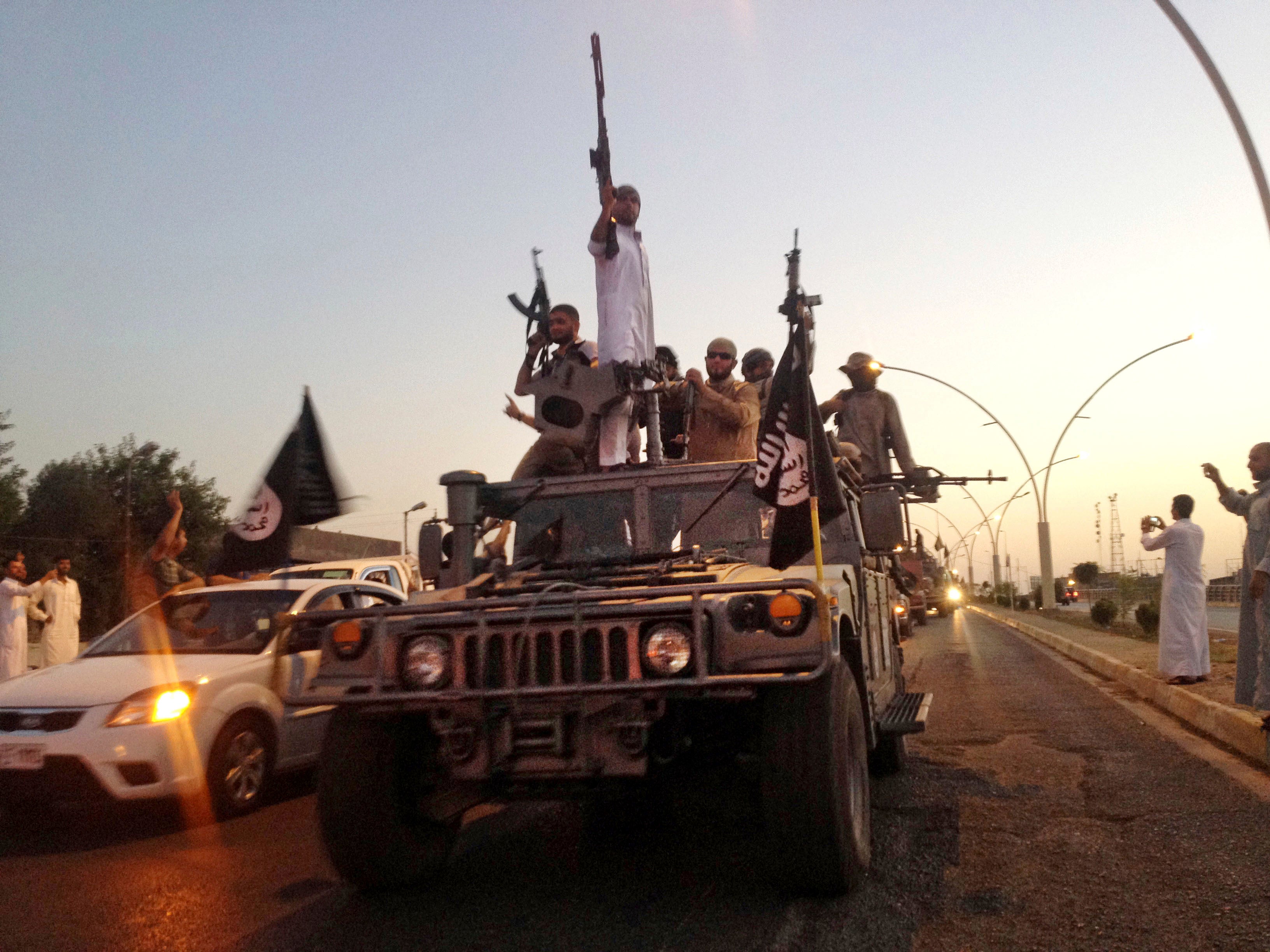
Dr Michele Groppi, an expert in global terrorism at King’s College, believes the attack may have surprised Western audiences but he has no doubt it was strategic and aimed at drawing maximum attention to the terror group, informing the world that IS is still the only true defender of the Islamic faith.
“It remains committed to establishing a pure caliphate,” he says. “One that does not exist in Iran or in any Palestine state.”
The bombings in the Iranian city of Kerman also represent a return to Islamic State’s ideological beginnings when it appeared on the world stage in 2014 in Iraq as an anti-Shia insurgency.
By taking advantage of the internecine conflict in Iraq and then Syria the terror group, an affiliate of al-Qaeda, emerged as a terrorist Suni movement in its own right, the Islamic State of Iraq and the Levant (ISIL). Its ruthless leadership and murderous rule led to substantial territorial gains.
At its 2014 height, the group laid claim to the establishment of a caliphate in parts of Iraq and Syria, including some cities, from which it launched attacks in the region and beyond. Western hostages, including British citizens, were slaughtered and terrorists who took part in atrocities in Paris, Brussels and Berlin were trained and sent from the Syrian city of Raqqa, the headquarters of the IS caliphate. Many more Shia Muslims and Yazidis living in the region were murdered and enslaved.
The group also sucked in more than 5,000 recruits from European Muslim communities, including those in Britain.
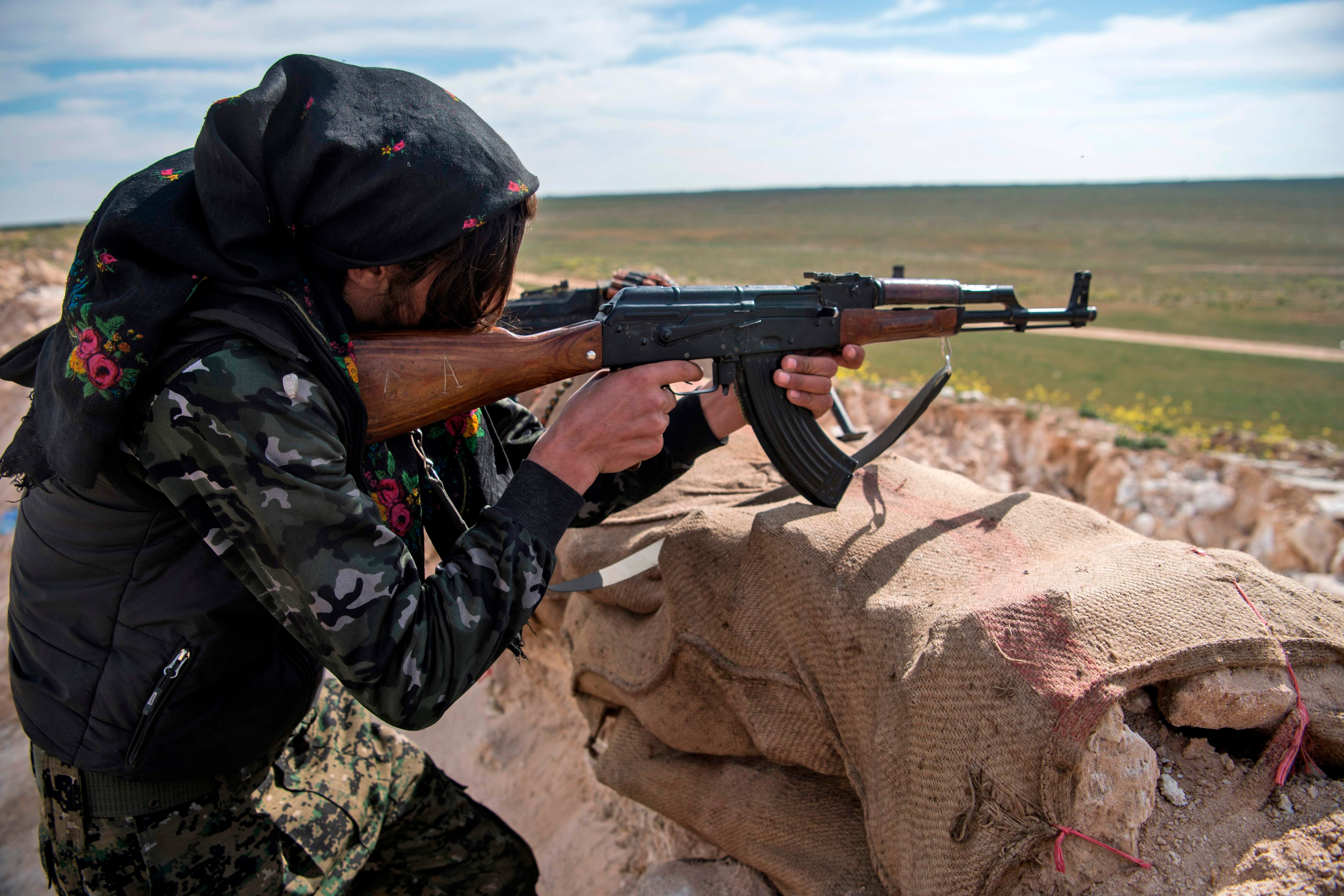
To combat the threat a coalition of Western and regional powers, led and funded by the Americans, waged war on IS and its self-declared caliphate.
In March 2019, the US-backed Syrian Democratic Forces (SDF) captured the group’s last territorial outpost in Syria. Its leader, Abu Bakr al-Baghdadi, was killed in an American raid on his compound in northern Syria in October the same year leading to a declaration of victory against the reign of the terror group in the region.
But Islamic State was far from a beaten force.
AlDe’emeh, who is undertaking research into IS-affiliated groups at the KU Leuven and Ghent University in Belgium, has been at the forefront of the battle against terrorism for more than 10 years.
He told The Independent: “The physical IS ‘caliphate’ in Iraq and Syria ended in March 2019, yet we cannot say that the group has been completely defeated in that region. IS cells are still active in both countries.”
Since then, IS affiliates have spread across the world. It has found particularly fertile ground in Africa where both the Islamic State Mozambique (ISM) and Islamic State Central Africa Province (ISCAP) retain public affiliation with the Islamic State.
In West Africa, the Malian and Burkinabe military juntas have failed to dampen support for Jama’at Nusrat al-Islam wal-Muslimin (JNIM) or the Islamic State in the Greater Sahara (ISGS).
And in May 2023 the security situation on the ground became so critical that the UN began withdrawing its peacekeeping force from Mali.

According to research conducted by the American Enterprise Institute, IS has more than doubled its territorial control and begun levying taxes and enforcing its interpretation of sharia in Mali’s northeastern Menaka region. ISGS is now posed to exploit opportunities presented by the July 2023 coup in Niger.
The Islamic State West Africa Province (ISWAP) continues to threaten Nigeria where it has instituted a loose form of government, collecting taxes from populations under its control. It has also conducted attacks in new areas, such as the northern Nigerian state of Jigawa. And in December 2022 the group was blamed for planning an assassination attempt on the Nigerian president.
But it is in Afghanistan where the group has been able to plan and mount its biggest and bloodiest operations, including last week’s suicide bombing in Iran which has been attributed to Isis-Khorasan (Isis-K), the IS affiliate in the region.
“The group,” says Dr Groppi, president of the International Team for the Study of Security Verona, “has tried to exploit splits in the Taliban, especially between hardline factions and those that are willing to work with the West.”
Last summer, Isis-K killed more than 60 people and wounded more than a hundred in another suicide bombing operation during an election rally in Pakistan. In October 2022, the group took responsibility for another attack in the Iranian city of Shiraz that left more than 10 dead and dozens wounded.
In 2018, it claimed responsibility for an attack during a military parade in the southwestern Iranian city of Ahvaz, killing 25 people. And a year earlier it hit central Tehran with two attacks, against the Iranian parliament and the mausoleum of Ruhollah Khomeini, the founder of the Islamic Republic of Iran and the leader of the Iranian Revolution, in which 18 people were killed. Iranian authorities have accused the Islamic State of other attacks in the country and claim to have thwarted dozens more.
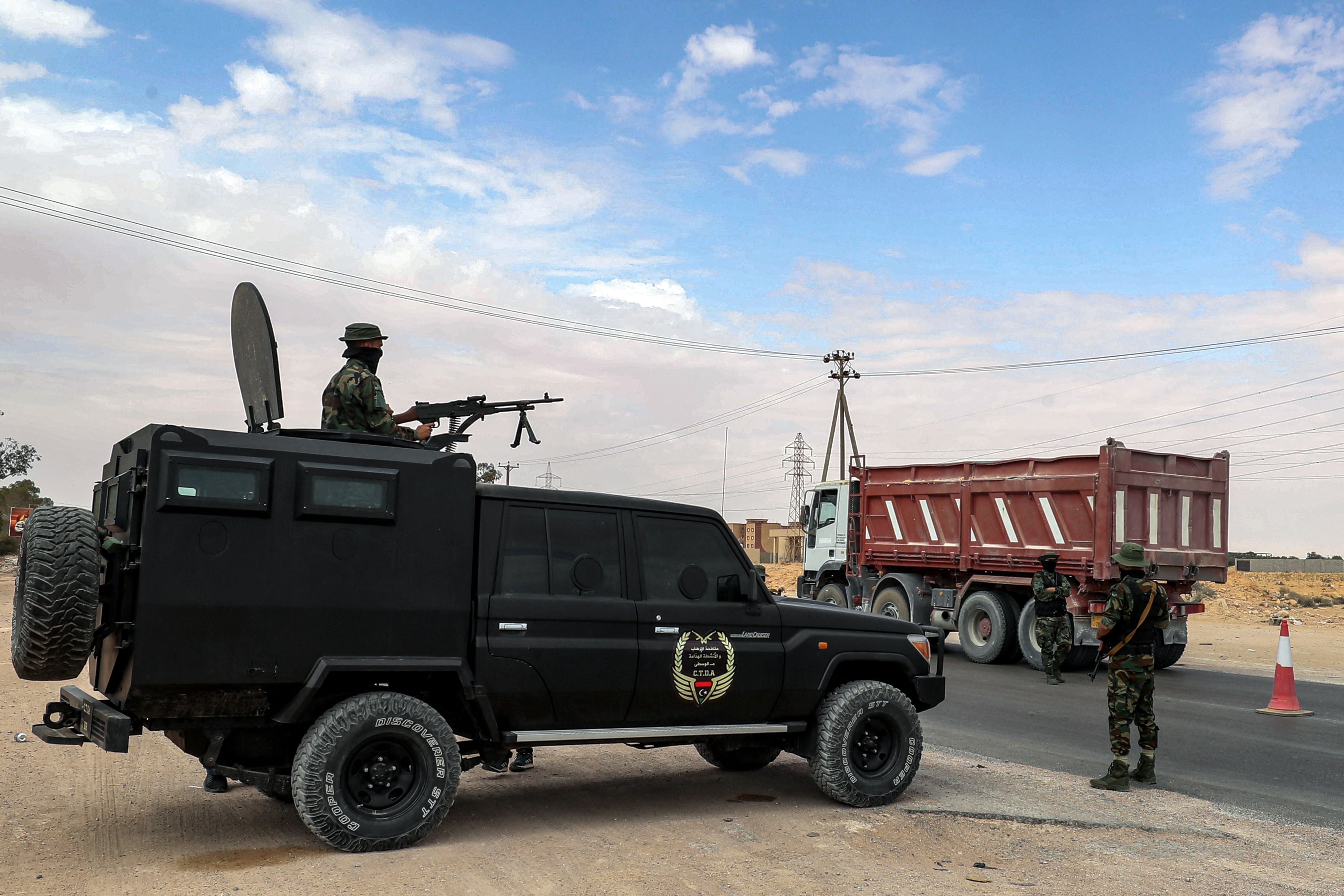
Isis-K, established in Afghanistan in 2015 by Pakistani, Afghan, and central Asian militants, opposes the Taliban, and has accelerated attacks in Afghanistan since the Taliban’s return to power in 2021. A report by the US Congressional Research Service says that US officials in March 2022 assessed that Isis-K “could establish an external attack capability against the United States or its allies in 12 to 18 months.”
Twenty-three years ago, America and Britain went to war after it was established that the September 11 terror attacks were carried out by terrorists trained by al-Qaeda from bases inside Afghanistan.
The war on terror appears to have turned full circle – the threat posed by IS against the West today remains as potent and far-reaching as that posed by al-Qaeda in 2001.
In Britain, MI5 is warning that the Islamic State together with al-Qaeda “possess both the intention and the capability to direct attacks against the West.”
Dr Groppi says IS still considers Western targets the most important.
MI5 warns: “The UK is a high-priority target for Islamist extremists, and they pose a significant threat to our country and to our interests and citizens abroad. Despite the current main focus on terrorism originating from Syria and Iraq, the threat of terrorism also emanates from other parts of the Middle East and regions such as North, East and West Africa, South and South East Asia.”
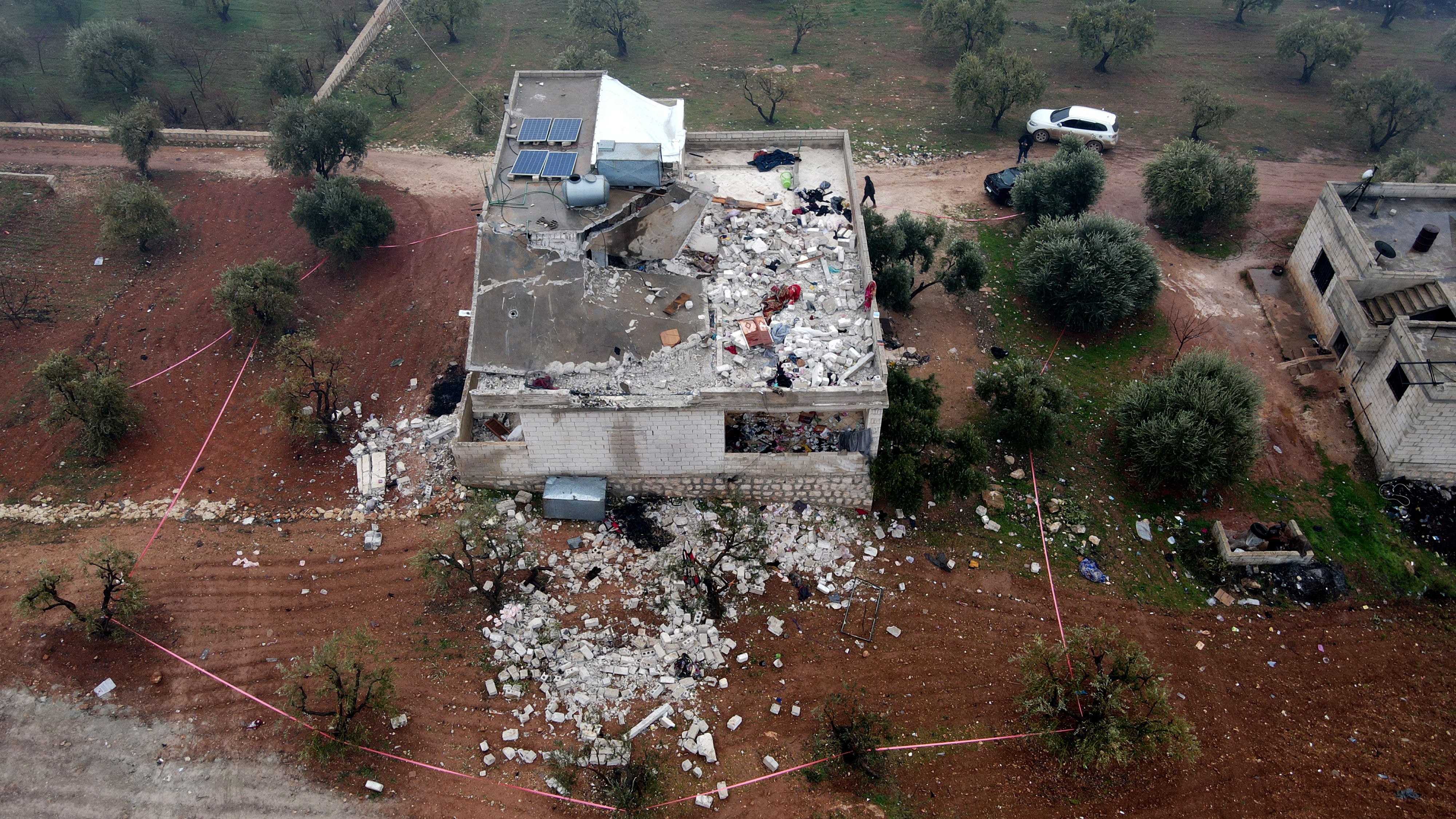
This is not to say that Islamic State is not facing its challenges.
AlDe’emeh points out that the group has many local enemies.
In Syria, says AlDe’emeh, these include Shia militias, the Lebanese Hezbollah, Hay’at Tahrir al-Sham (HTS), Syrian rebel groups supported by Turkey, the Syrian Democratic Forces (SDF), Sunni Arab tribes, Assad’s forces and militias affiliated with them, in addition to the international coalition, Arab countries such as United Arab Emirates, Saudi Arabia and Jordan, as well as Russia.
According to BBC research based on IS official communiques in 2023, the number of attacks claimed by the Islamic State and its affiliates fell by 53 per cent from the previous year, from 1,811 to 838. Nevertheless, the worldwide organisation carries out hundreds of attacks every year (more than two a day on average in 2023), exploiting local political and security vulnerabilities and loopholes.
AlDe’emeh warns that IS continues to play a waiting game to take advantage of the “weakening of the central governments in the Middle East”.
The return of the Taliban in Afghanistan has also gifted the Islamic State a chance to regroup in lawless areas of the country.
However, the conditions that led to the invasion of Afghanistan by the American coalition in 2001 are not the same as they are today.
In 2001 the Taliban offered a safe haven for Osama Bin Laden to plan and mount his attacks against America. In 2024 the Islamic State regards the Taliban as apostates and is in open conflict with the regime.
Last week’s suicide bombings in Kerman may have surprised Western governments but to those who have closely watched the spread of the malign ideology that underpins Islamic State’s terror campaign, the attacks merely confirm that the group remains at war with the whole world.






Join our commenting forum
Join thought-provoking conversations, follow other Independent readers and see their replies
Comments